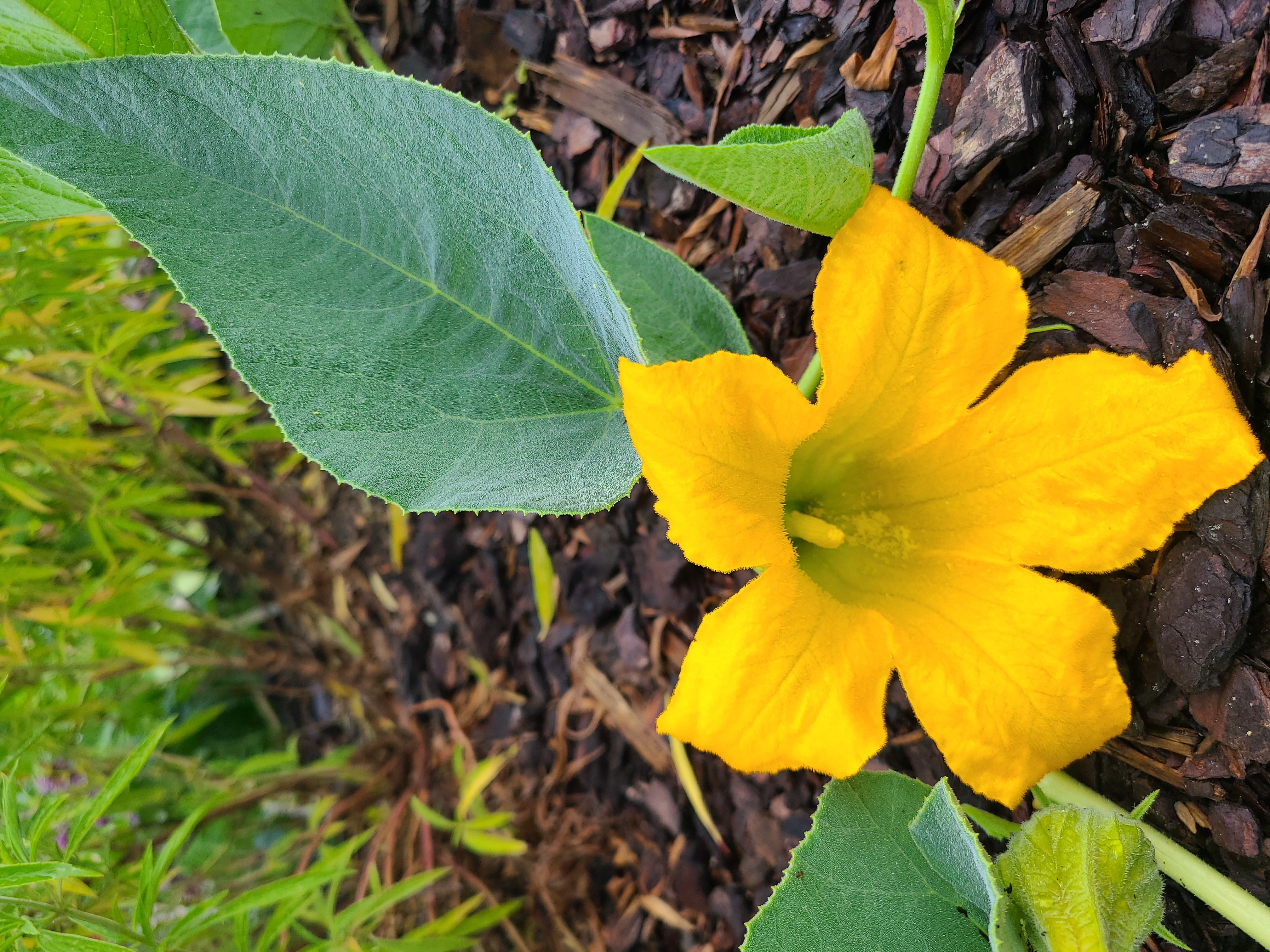Buffalo Gourd and Squash Bees
go.ncsu.edu/readext?1074449
en Español / em Português
El inglés es el idioma de control de esta página. En la medida en que haya algún conflicto entre la traducción al inglés y la traducción, el inglés prevalece.
Al hacer clic en el enlace de traducción se activa un servicio de traducción gratuito para convertir la página al español. Al igual que con cualquier traducción por Internet, la conversión no es sensible al contexto y puede que no traduzca el texto en su significado original. NC State Extension no garantiza la exactitud del texto traducido. Por favor, tenga en cuenta que algunas aplicaciones y/o servicios pueden no funcionar como se espera cuando se traducen.
Português
Inglês é o idioma de controle desta página. Na medida que haja algum conflito entre o texto original em Inglês e a tradução, o Inglês prevalece.
Ao clicar no link de tradução, um serviço gratuito de tradução será ativado para converter a página para o Português. Como em qualquer tradução pela internet, a conversão não é sensivel ao contexto e pode não ocorrer a tradução para o significado orginal. O serviço de Extensão da Carolina do Norte (NC State Extension) não garante a exatidão do texto traduzido. Por favor, observe que algumas funções ou serviços podem não funcionar como esperado após a tradução.
English
English is the controlling language of this page. To the extent there is any conflict between the English text and the translation, English controls.
Clicking on the translation link activates a free translation service to convert the page to Spanish. As with any Internet translation, the conversion is not context-sensitive and may not translate the text to its original meaning. NC State Extension does not guarantee the accuracy of the translated text. Please note that some applications and/or services may not function as expected when translated.
Collapse ▲Researchers at Penn State University are working to understand how the squash bee, originally native to Central America, has moved with humans and agriculture through the last few thousand years. The buffalo gourd (Cucurbita foetidissima) is native to the Southwestern United States and is helping these researchers compare squash bee visitation to our cultivated varieties, like summer squash (C. pepo) and pumpkins (C. maxima).

Picture of the flower of the buffalo gourd (Cucurbita foetidissima)
The scientific name means “most fetid squash” and this is probably because the leaves have a very strong smell and are very rough and scabrous. This specimen is a root shoot from the specimen from Juniper Level Botanic Garden in Wake County. This species spreads through these tubers, which store a lot of energy and help protect the plant in the winter. The Native American tribes in the Southwest had many uses for this plant, including food, crafts, medicine, and even tack for their horses!




